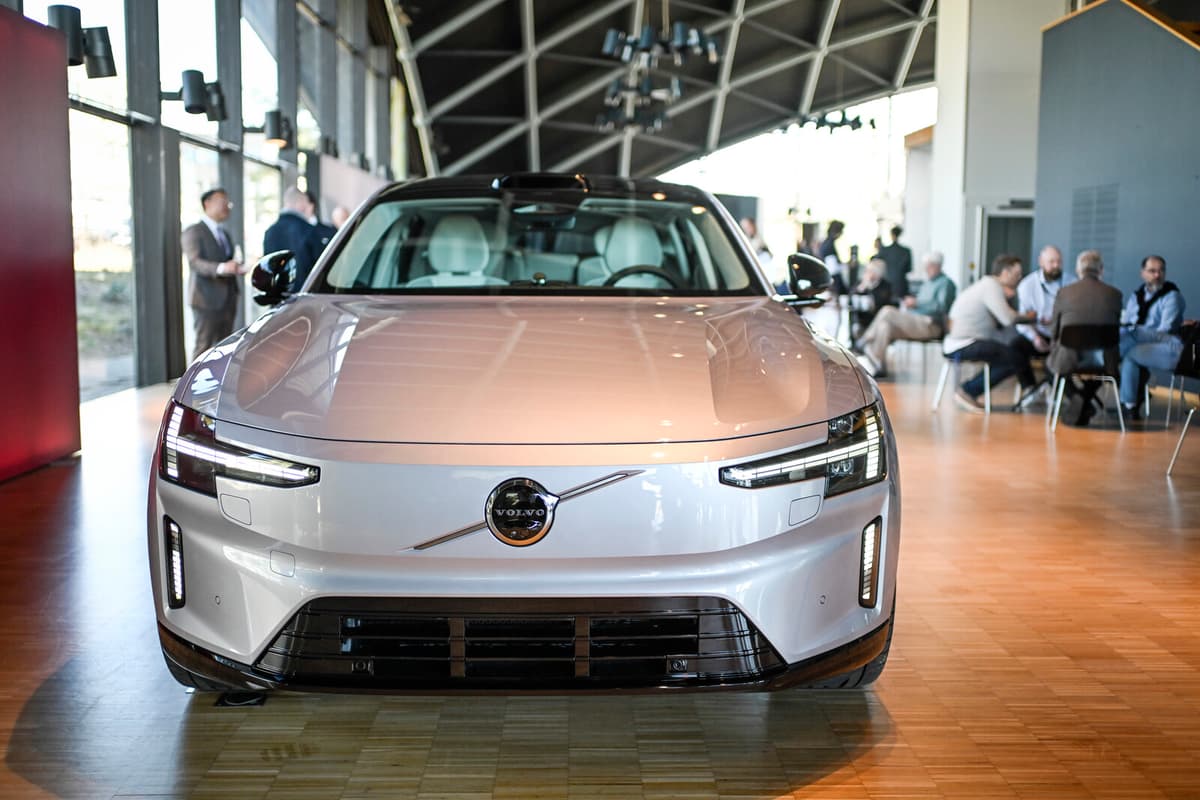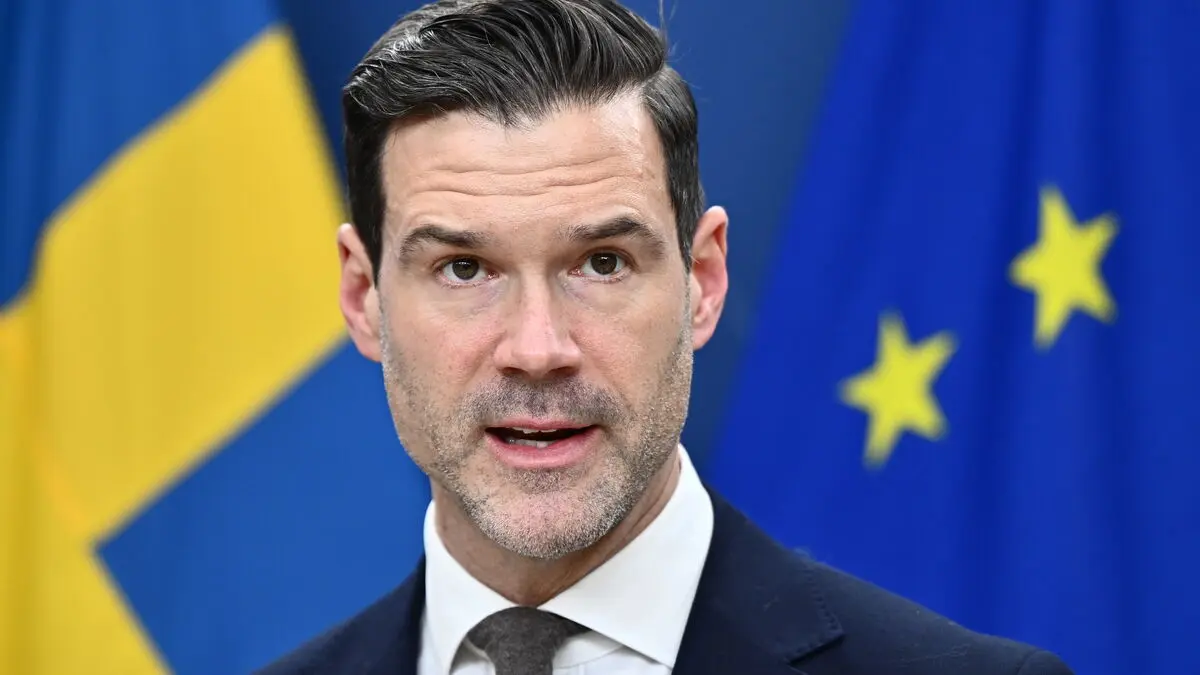Volvo Cars is launching a gigantic savings program to boost profitability in a crisis-ridden time for the automotive industry. A total of 18 billion will be cut to boost the ongoing cash flow. Of these, eight billion kronor are production savings. Three of them will be achieved by purchasing cheaper components in production. Five billion relate to personnel savings in one way or another.
The largest part, roughly half (of the five billion), is personnel costs, says Samuelsson, who still does not want to go into details about exactly how many it concerns and where.
So, of the five billion, a large part must be personnel reductions, otherwise it won't work, but we also have consultants, continues Samuelsson.
A simple calculation shows that roughly half of five billion can be translated to thousands of employees, but Samuelsson does not want to confirm such a figure. Today, the company has over 42,000 employees.
Absolute no crisis
Recently, Volvo Cars announced that Håkan Samuelsson is making a comeback as CEO of the car manufacturer, which has plummeted on the Stockholm Stock Exchange since its IPO a couple of years ago. After now being in his post for almost a month, he is blunt about the market situation, which has been affected by, among other things, President Donald Trump's tariffs.
Samuelsson's comeback is seen as a need to focus on profitability and for the owners to get more value for their money. But his new plan received no significant reaction from the stock market. The price plummeted almost ten percent on the Stockholm Stock Exchange at the opening.
Is it a crisis for Volvo?
No, it's absolutely not. It would have been a crisis if we hadn't acted, says Samuelsson
Worse than thought
Vehicle analyst Hampus Engellau at Handelsbanken suspects that the stock market's reaction should be interpreted as a warning that it's worse than feared.
Maybe because the cost situation looks worse than thought, says Hampus Engellau, vehicle analyst at Handelsbanken.
Volvo Cars is also betting on increasing regionalization to meet the trade war. This means, among other things, more production in the USA. The challenge for Volvo is to find a balance in this, as it's expensive to spread out production, according to Hampus Engellau.
Of course, it risks becoming more expensive production, but transportation, inventory, and tariff costs decrease, according to Samuelsson.
Regionalization is the right answer in this situation.
Volvo Cars' operating profit plummeted, from 4.7 billion kronor the previous year to 1.9 billion kronor, and the company is now withdrawing its prognosis regarding financial prospects for 2025 and 2026.
Revenues were simultaneously at 82.9 billion kronor compared to 93.9 billion kronor the previous year.





